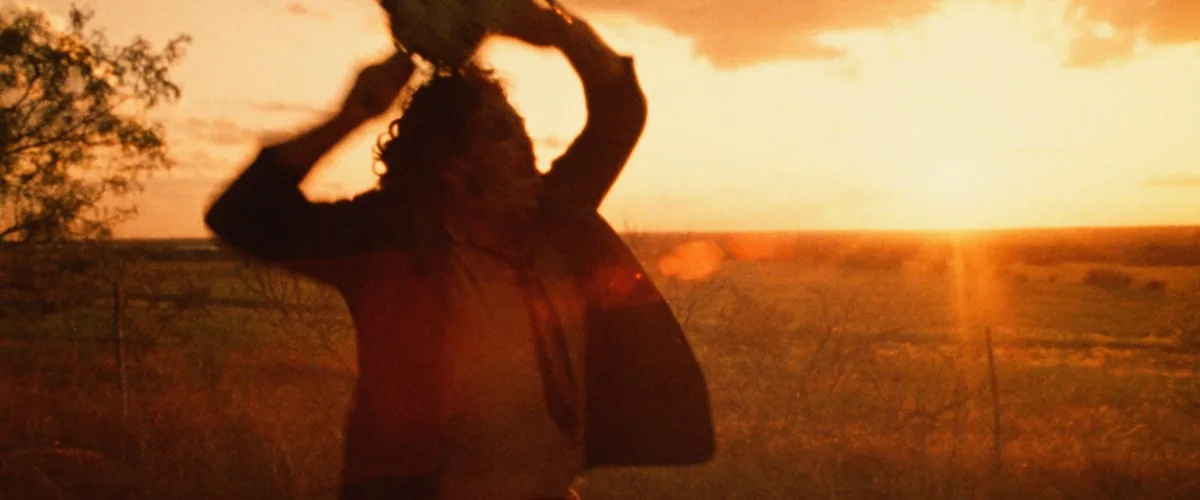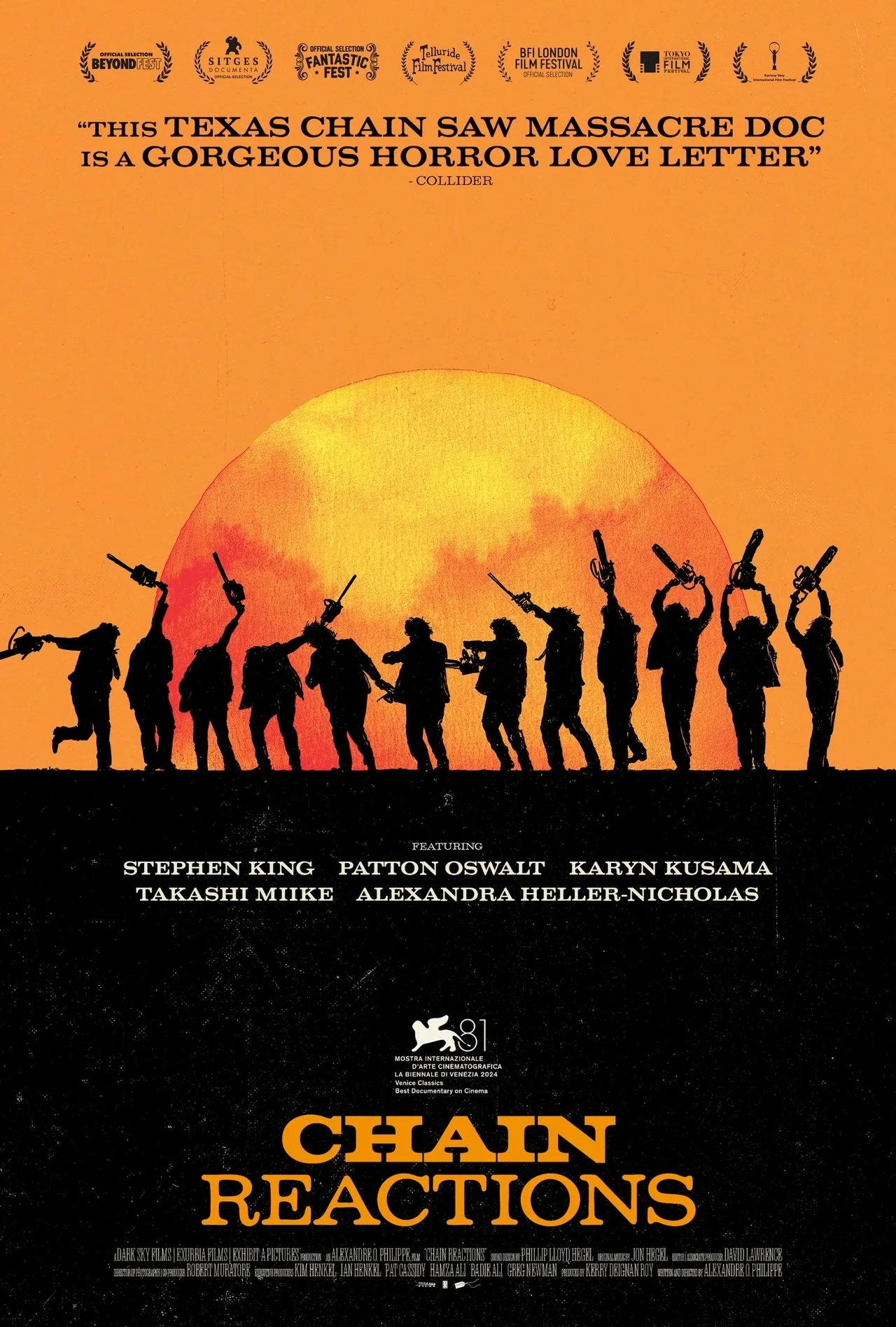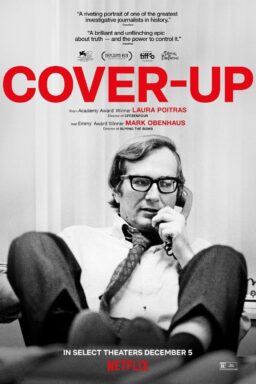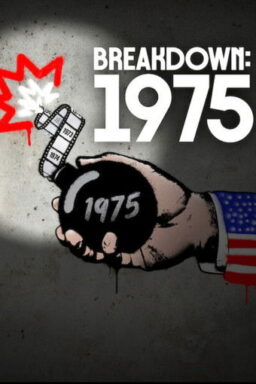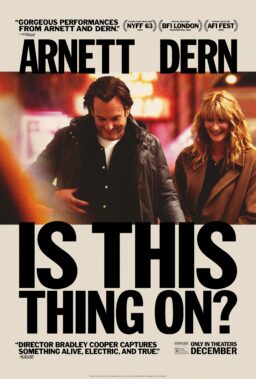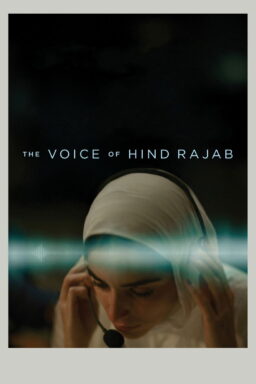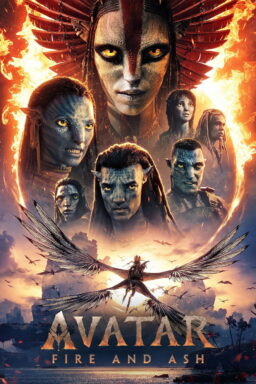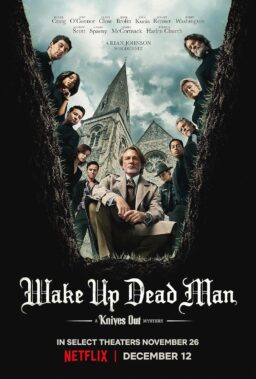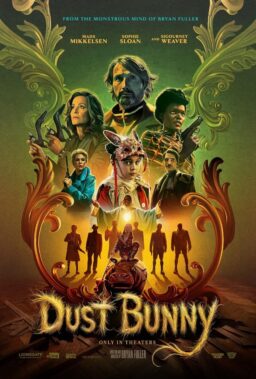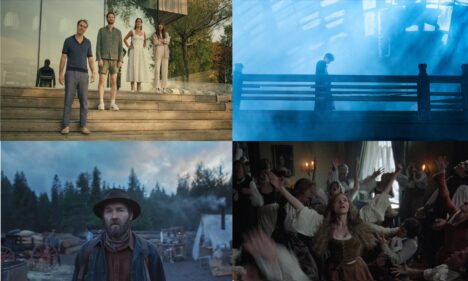What Werner Herzog is to tales of man vs. nature, Alexandre O. Philippe is to horror films. The documentarian has been making smart films about the movies that sparked nightmares for generations of fans, including “Alien,” “Psycho,” “The Exorcist,” and the world of David Lynch. He has a new film about Kim Novak and “Vertigo” that just premiered at Venice. However, the documentary he launched there last year is now finally being released stateside, and it’s another strong work from this increasingly impressive filmmaker, one who never approaches a subject in the same way.
Philippe actively avoids traditional “movies about movies” traps in his filmography, which often play out through talking heads espousing anecdotes, trivia, or just their love for a movie. With “Chain Reactions,” Philippe almost leans into the hagiographic approach in a way he hasn’t really done before, but it works because of how he structures his five interviews. He takes a quintet of famous fans of Tobe Hooper’s “The Texas Chain Saw Massacre” and basically asks them to explain why the movie has haunted and inspired them. All five are interesting speakers—a testament to Philippe’s interviewing skill—but what’s really fascinating about “Chain Reactions” is how much they approach Hooper’s work from personal angles. This was a movie that shaped lives. And that kind of ripple effect from one masterful artist like Hooper to others is interesting and even encouraging.
The five souls entranced by Hooper’s cannibalistic vision are comedian Patton Oswalt, director Takashi Miike, author Alexandra Heller-Nicholas, legend Stephen King, and filmmaker Karyn Kusama. The ever-eloquent Oswalt speaks passionately about his obsession with the film, even going so far as to suggest it’s about a worldwide madness that’s taking over the planet, a la a Romero “Dead” film. Miike connects the fearlessness of Hooper’s vision to his own most extreme works, such as “Ichi the Killer” and “Gozu,” essentially revealing that “TCM” inspired a movie like “Audition” to become the masterpiece that it is. Heller-Nicholas connects the remote terror of Leatherface to works of her country, Australia, like “Picnic at Hanging Rock” and “Wake in Fright,” which also create an unease in the viewer. King talks about the charm of the lo-fi approach, even connecting it to Sam Raimi’s work. And Kusama is just smart in every way about why the movie works, including some of its more impressive and underrated aesthetic choices.
One of those is the unforgettable scene in which a meat hook is centered in the frame and Leatherface comes into the room and basically drops a victim on the pointy end. Of course, it didn’t actually happen, but Hooper was so good at hiding the strings of filmmaking that there’s a visceral quality to that moment in which our brain forgets that it’s not really happening. We go with the terror and the pain, even when we know what’s coming.
Some of this may seem a bit superficial, and there’s a case to be made that Philippe’s ambition in something like “Lynch/Oz,” which draws connections between David Lynch and “The Wizard of Oz,” rises a little higher than what is basically a love letter to a horror masterpiece. And yet this film is still catnip for horror fans and may even give those who don’t love “TCM” yet further appreciation of one of the most influential films ever made, of any genre.

